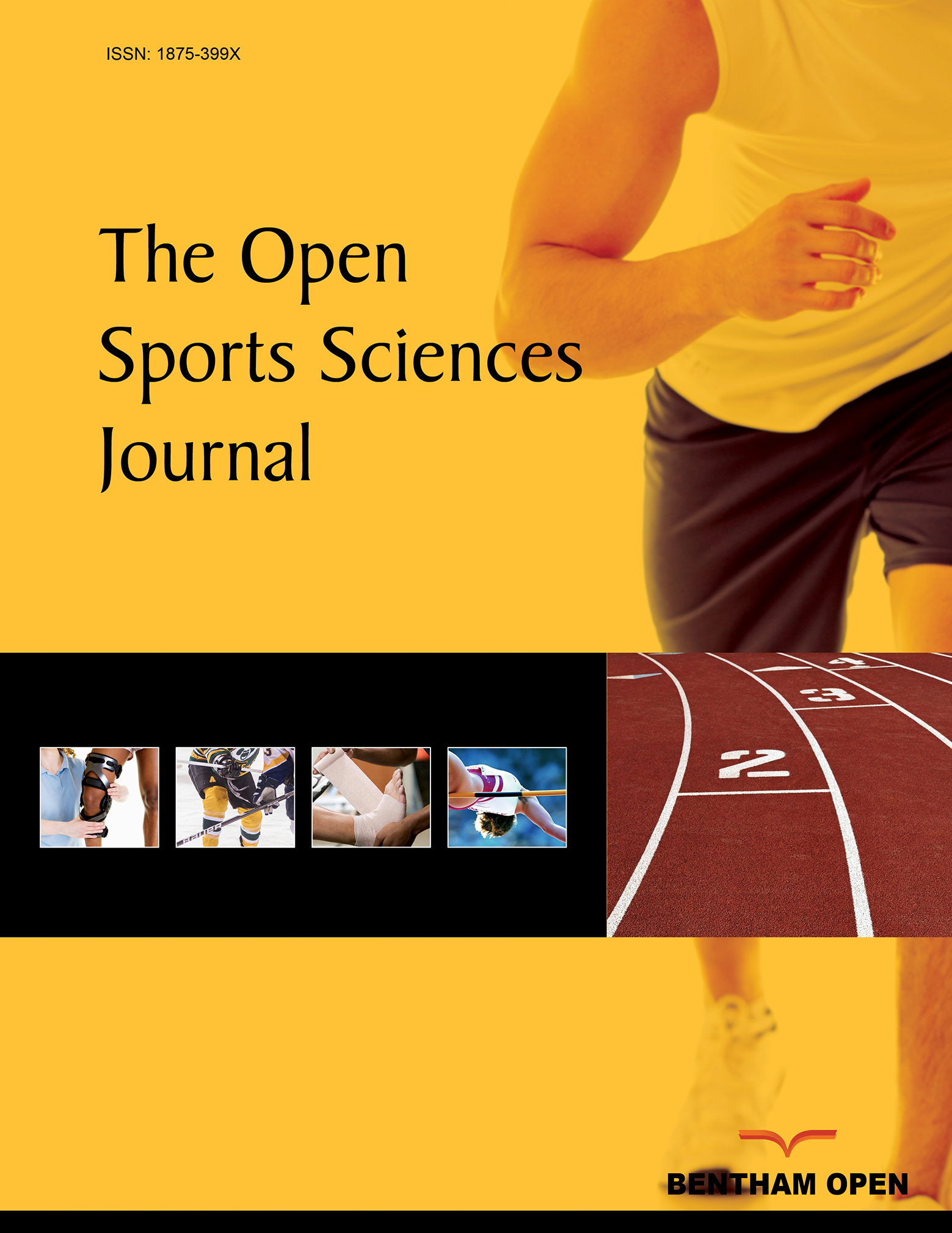All published articles of this journal are available on ScienceDirect.
The Post-Exercise Lower Limbs Recovery Process: A Questionnaire Applied To Physiotherapists
Abstract
Background:
Physical exercise is essential to improve quality of life, with muscle recovery after exercise being crucial since it reduces the delayed sensation of muscle discomfort and fatigue. The present study aims to identify the methods used by physiotherapists to recover sports practitioners after physical exercise and presents a non-experimental, quantitative and descriptive nature.
Methods:
Fifty-two physiotherapists (52% women), with 9.8 ± 7.3 years of experience and different sports backgrounds, were asked to complete an anonymous questionnaire that consisted of (1) participant demographics, (2) recovery wearable sports garment, and (3) development of a new product for muscle recovery.
Results:
Physiotherapists reported that sports practitioners use legging-like garments during training (n=22), after training (n=19), while some physiotherapists were not aware if their athletes use any legging-like garment (n=17). The common characteristics of the garments are the compression (56%), heating (34%) and, in some cases, massage (6%) and printed electronic devices (4%). Physiotherapists mention that sports practitioners usually report lower limbs localized muscle fatigue after training or competition (90%), and the most affected areas are the entire lower limb (n=12), quadriceps (n=9) and hamstring and glutes (n=7 each). The most common therapy used is massage (n=12), followed by electrostimulation (n=8) and compression (n=5).
Conclusion:
Physiotherapists believe that electrostimulation should be used to recover quadriceps, hamstrings and the whole lower limb, and localized heating should be centered in the entire lower limb, hamstrings and quadriceps (in number of answers). Alternatively, massage is better to recover the whole lower limb, gastrocnemius, and hamstrings. When asked what characteristics the garment should have, physiotherapists reported that comfort (n=44), breathability (n=37) and ease of care and cleaning are vital.


